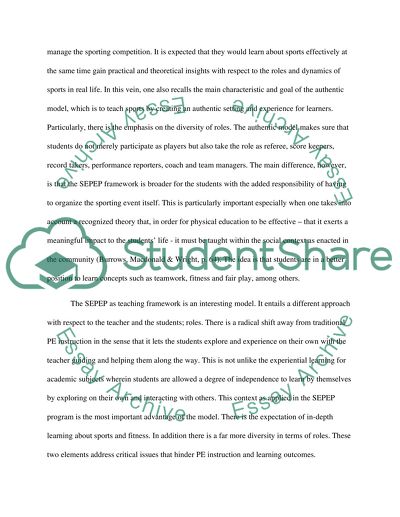Cite this document
(“A National PE Curriculum Model or a Program Framework Research Paper”, n.d.)
A National PE Curriculum Model or a Program Framework Research Paper. Retrieved from https://studentshare.org/education/1661817-sepep-reflection-essay
A National PE Curriculum Model or a Program Framework Research Paper. Retrieved from https://studentshare.org/education/1661817-sepep-reflection-essay
(A National PE Curriculum Model or a Program Framework Research Paper)
A National PE Curriculum Model or a Program Framework Research Paper. https://studentshare.org/education/1661817-sepep-reflection-essay.
A National PE Curriculum Model or a Program Framework Research Paper. https://studentshare.org/education/1661817-sepep-reflection-essay.
“A National PE Curriculum Model or a Program Framework Research Paper”, n.d. https://studentshare.org/education/1661817-sepep-reflection-essay.


